8 Interior Design Styles to Inspire Your Home Decor
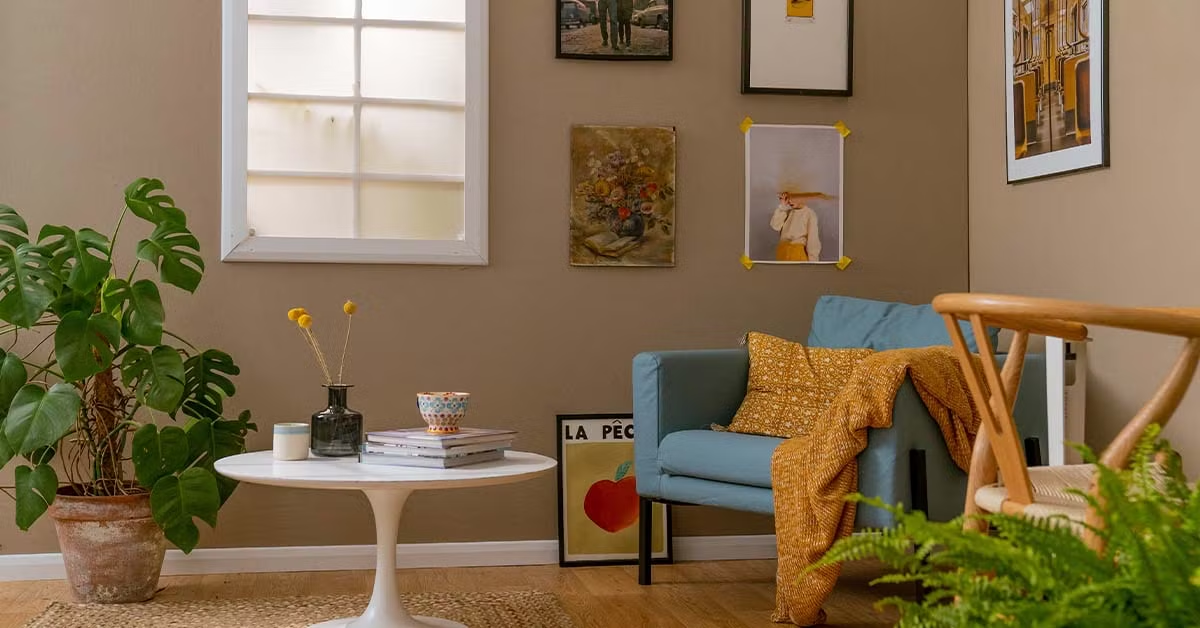
Interior designer and stylist Dee Campling introduces some key looks we can consider when approaching a home redesign
The concept of home has become more important than ever in recent years. A home often needs to serve both as a space to relax in, and one to work in. But how do you decide on colors, furnishings, and accessories to ensure your space still reflects your personality? Looking at established interior decor styles can be a great start to carving your own path.

Dee Campling (@deecampling) has been passionate about interiors for as long as she can remember. In fact, after working for many years in business, her creative side took center stage in her life. First studying interior design, then founding her own shop, she eventually left her day job to become a full-time interior stylist. Now she creates content for brands like Dulux and DFS, runs workshops, and shares inspiration with her growing Instagram following.
In her course on designing a personalized space, Dee shares her perspective on eight popular interior styles that she believes can become the foundation for your own designs.
Based on her advice, in this article, we’ll consider the goals of styling, and the questions you can ask yourself to get started. Then, we’ll look at each approach in more detail.
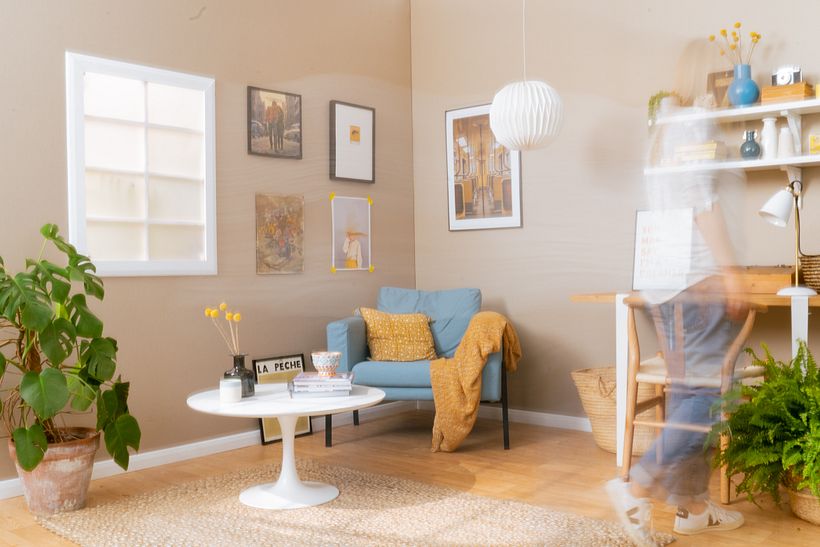
The goals of interior styling
Ultimately, your decor should reflect what you want to get out of a room. Before deciding on a style, ask yourself questions like:
- How many people use this room?
- What is its primary use?
- Do I want to downplay or uplift any original features?
- How do I want to feel when I’m here?
It’s rare for us to be drawn to only one look, Dee notes. After exploring the styles below, you may end up with a combination of two different vibes. Dee encourages us to make our own hybrid styles, even creating a name for the mixture—like her favorite, Scandi Vintage.
Exploring the styles
If you're looking for some home decor inspiration, here are the eight interior design languages that you can use to create moodboards, and plan the colors, textures, and lighting that will craft your perfect space.
Traditional
Ideal for Edwardian, Georgian, and Victorian homes is the traditional interior style. Symmetry is everywhere: often you’ll find two identical lamps or vases either side of a sofa, for example. However, each room usually revolves around one focal point, often a fireplace or similar large furnishing. Colors are neutral, although you’ll also find soft blues as a gentle accent. And material-wise, think velvet and other luxurious finishes.
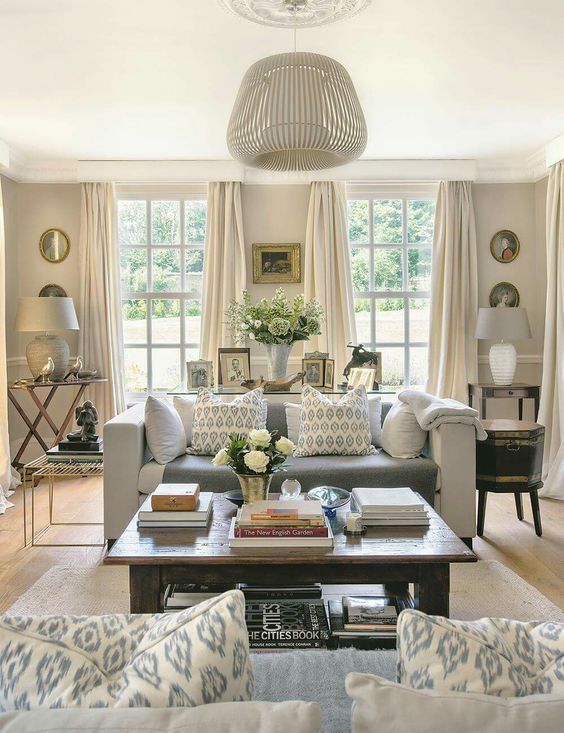
Mid-century modern
Loosely defined as the period from 1947-1965, mid-century interior style features smooth, clean lines. As for colors, you’ll find earthy palettes in general, with mustard or shades of blue that make a statement. These shades work well against the orange hue that appears in much of the period’s teak furniture.
Bohemian
Popularized in France during the 1900s, bohemian style doesn’t have a clear definition in terms of color palette or shapes. Instead, creativity and rich layering is explored. Celebrating art and often incorporating a range of cultural elements, you can create a patchwork feel. You may find jewel tones used throughout rooms, and plenty of plants and trinkets.
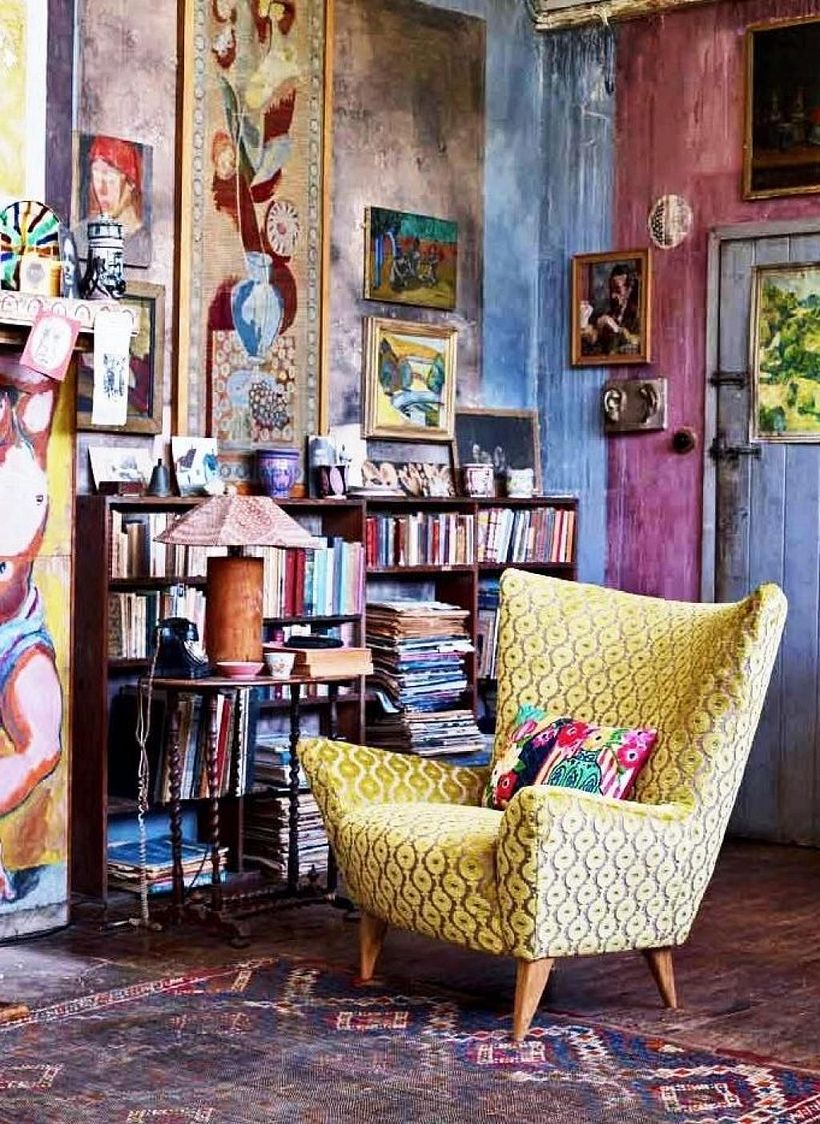
Scandinavian
Scandi style is about coziness balanced with light. In northern locations, daytime can be brief and even disappear for months at a time—so bringing levity into the home is essential. Different white shades and neutrals are common, creating an overall monochrome palette. When it comes to materials, you'll find pale wood and other natural textures.
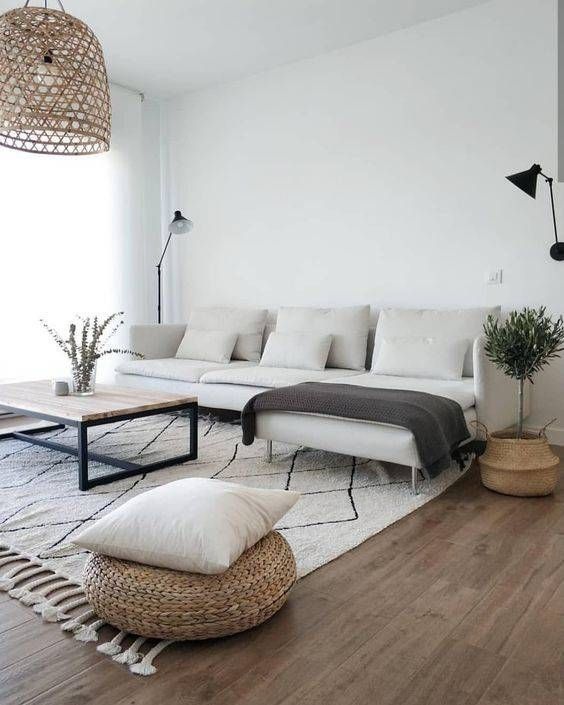
Shabby chic, or farmhouse style
For rural living, you need an unfussy and practical interior style. Shabby chic and farmhouse looks are generally easy to clean and have chunky, rustic features. You’ll find homemade fabrics and plenty of thrifted items. For color, think pastel and neutrals with added interest from patterns: botanicals and florals are great for this.
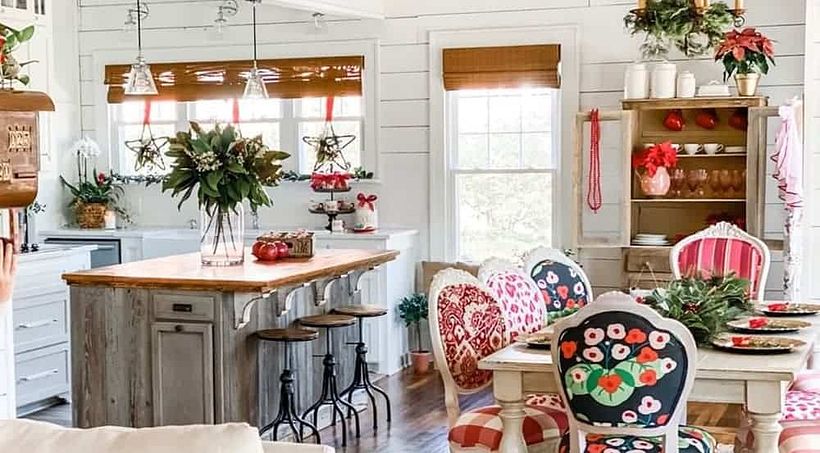
20th-century industrial
As more and more warehouses and industrial buildings were converted into homes, this trend became popular in the last couple of decades. Often, the focal point is the materiality of the building itself: exposed brickwork or pipework, for example. Rooms are usually open plan and airy to contrast with darker color palettes and heavy materials like concrete.

Minimalism
Very popular recently, the minimalist style emphasizes a fresh and open feel by keeping furnishings to a minimum. Layout can indicate the entire personality of an area, so pieces should be chosen intentionally. Negative space is also very important here, whether it’s a high ceiling or furniture spread around a room. Colors will be neutral, with perhaps one accent hue.

Contemporary
Contemporary interior design incorporates aspects from some other styles, including minimalism and Scandinavian. Uncluttered shapes and monochrome palettes of gray and beige make spaces feel bright. However, there’s an extra layer of interest here, usually in a bold or statement furniture item or accessory.

Which of these styles are your favorites? How would you combine them to make a new hybrid? Let us know in the comments below.
Remember to take a look at Dee's course to learn more about the fundamentals of personalizing your space. And if this article has you itching to redesign a room, or even your entire home, check out our interior design and interior decoration courses.
You may also like:
- 10 Inspiring Interior Design and Lifestyle Bloggers
- Interior Design Tutorial: Learn How to Decorate a Room with Plants
- These 7 Colors Will Trends in 2022, According to Experts
- Interior Design Fundamentals: Mastering Color and Texture, course by Shari Francis
- Creative Home Makeover and Decor with DIY Techniques, course by Dr. Livinghome





0 comments